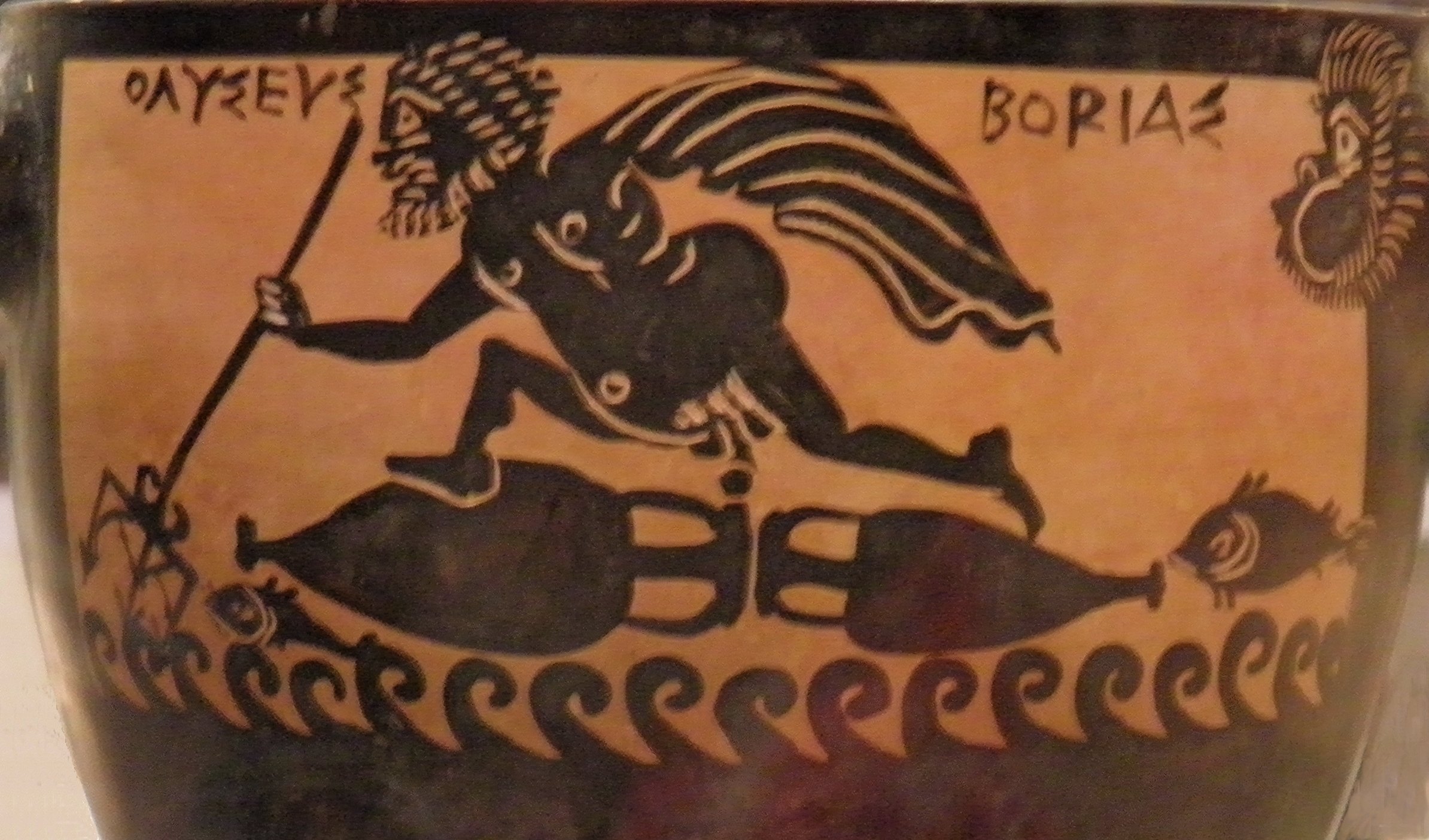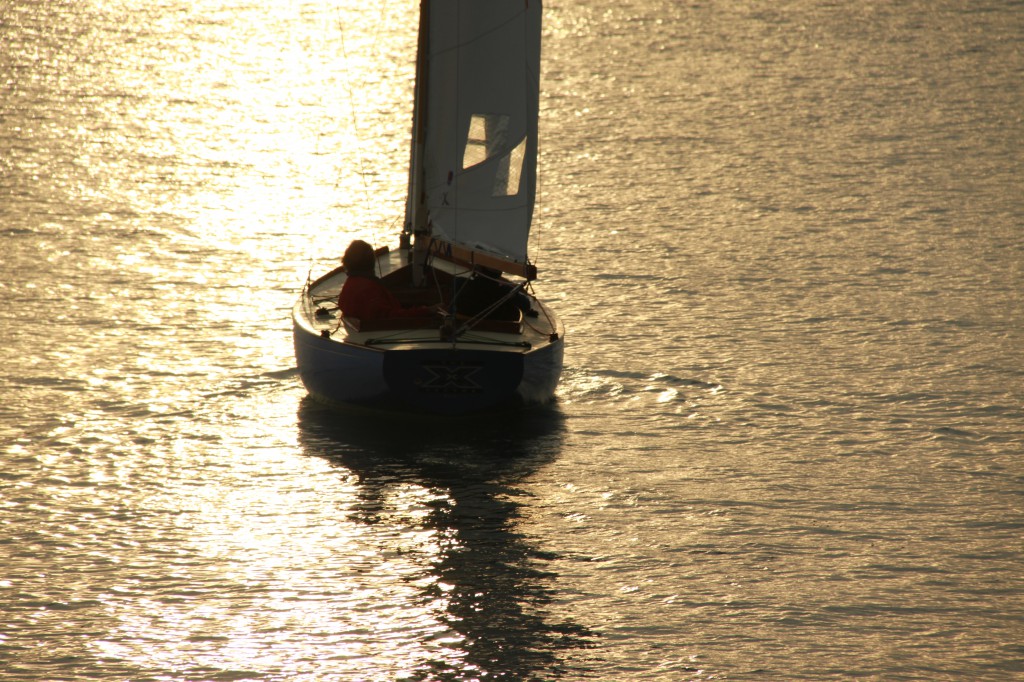οἴνοπα πόντον
~ A guest post by Jacqui Donlon ~
I am back because it still haunts me – the wine-dark sea. What is its meaning? We discussed this phrase a few months ago in this blog post but I find I cannot leave it there, I still need to find its true meaning.
This beautiful epithet, which first surfaced in a post by Jenna Cole during HeroesX has continued to fascinate many of us. In that post, Jenna, HeroesXers, and Lenny Muellner discussed the sea, perception of color, radiance, glistening, Linear B, and oxen. In previous posts on this site, we have theorized that it was representative of emotions, specifically love and fear. Did it have to do with drunkenness? Or perhaps fermentation? or time of day? Maybe it is all a matter of motion, of contrast, of light/shadow, of angle of light, reflection, intensity of light, or direction of viewing – towards the light or away from light.
These were the theories we put forth, and they were good ones, very good actually. But there had to be more to it. If Homeric poetry was a system – a cloth where everything was woven together, then how did these pieces fit together? Or not? I had to find out; it is my nature, I am nosy, I hate not knowing.
But let’s get real. How do I, someone untrained in the classics, someone unable to understand even an iota of Greek – how am I ever going to decode this? The online tools of Chicago Homer and Perseus will help, but I was not so sure of those either. The solution? It was so simple. I remembered that I was part of the Hour 25 community, and so why not reach out and start a study group? I need not make this journey alone.
So the Oinops Study Group was formed. We are Jenna Cole, Sarah Scott, Janet Ozsolak, Claudia Filos, and myself, Jacqui Donlon. We met once a week via Google Hangout to plan, to close-read, to discuss the passages we just read, to then agree upon next steps. These meetings soon became a favorite part of our week. Not only were we reading beautiful poetry but just by focusing on “wine-dark”, we touched upon a myriad of other beautiful strands. Our team established several goals: to find the meaning of “wine-dark”, to document our research, our methodology and processes. Finally, we would reveal our findings in a series of blogs on Hour 25 to share with the community, and in turn inspire others to form new study groups.
This is what we set out to do and, dear readers… it all happened! Mystery unlocked! In these blogs we will roll out our findings in the order that we encountered them. We will stay true to the sequence and you will hear of our journey the way we experienced it – layer by layer. It was not always a straight line or clear sailing. Sometimes the readings were confusing or the research resulted in a dead end – and this we will relate to you too. However, the combined strengths and continual dialogues of the team got us through patches of uncertainty. When one of us had work or family obligations, the team was there to keep the forward momentum. When we needed expert advice, we reached out and asked. By the way, here is the link to the discussion forum, hope to see you there!
So this will be the first in a series of about ten weekly blogs in which we will relate to you our journey for the meaning of “oinops” – or as the various translators refer to it: “wine-dark”, “wine-deep”, “wine-blue”, and more accurately, “wine-faced”.
But it all starts and ends with the original Greek word – οἶνοψ.

Coming next time: Searching for Oinops
For a list of word study passages, download here: Oinops Word Study Passages (PDF)
Image credits
Cristen Bortes: Sunset in Yarmouth Harbor [CC-BY-2.0,] via Wikimedia Commons
Vase Picture: Boeotian black-figure skyphos, 4th century BCE, Odysseus on a raft of amphoras. By Carole Raddato from FRANKFURT, Germany [CC-BY-SA-2.0], via Wikimedia Commons
